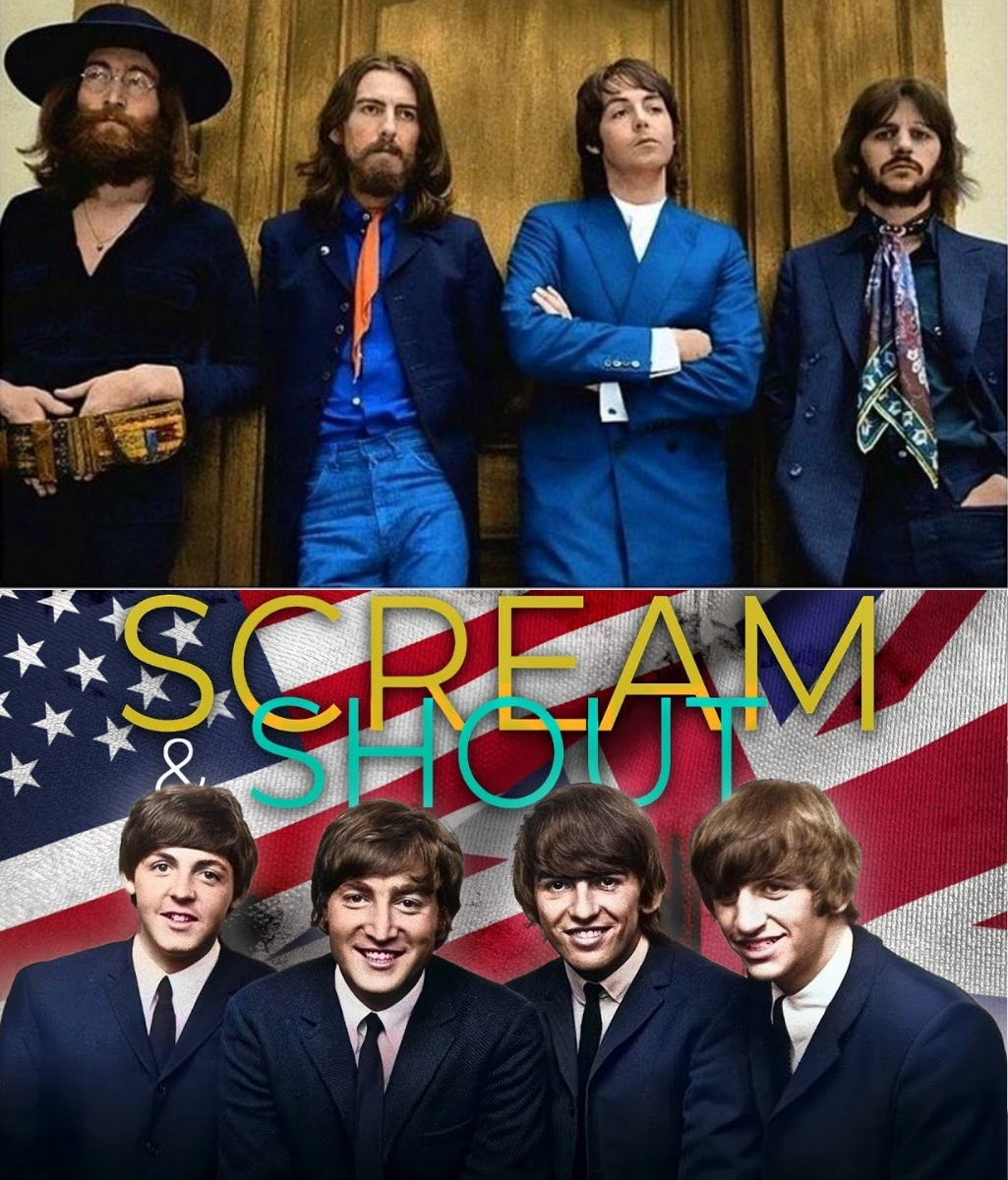
A Storm Was Coming — And America Had No Idea
In early 1964, few in the United States had any idea what was about to hit them. A few murmurs about four mop-haired boys from Liverpool had begun trickling across the Atlantic, but most Americans remained unaware. That was about to change — and change fast. In just 31 days, Beatlemania would explode across the USA, turning a British band into a global obsession and redefining the future of popular culture.
It all began not with a song, but with a tragedy. Following the assassination of President John F. Kennedy in November 1963, the nation was grieving, depressed, and desperate for something — anything — to bring back a sense of joy. Into that void stepped The Beatles.
February 7th, 1964 — The Invasion Begins
When The Beatles landed at JFK Airport on February 7th, over 3,000 screaming fans were already waiting. Airport security was overwhelmed. News crews swarmed the tarmac. For many Americans, this was their first glimpse of the phenomenon that had already taken over the UK. And they were instantly mesmerized.
The Fab Four — John, Paul, George, and Ringo — were cheeky, funny, and disarmingly charismatic. They cracked jokes at press conferences and charmed reporters who had no idea what to make of them. Beatlemania in America hadn’t just begun — it had detonated.
February 9th — The Ed Sullivan Show That Changed Everything
Two days later, over 73 million people — nearly 40% of the U.S. population at the time — tuned in to watch The Beatles perform live on The Ed Sullivan Show. What they saw was unlike anything America had experienced. The audience screamed uncontrollably. Teenage girls wept. Families sat in stunned silence as the band performed “All My Loving,” “She Loves You,” and “I Want to Hold Your Hand.”
That night, music didn’t just change — America did.
The following morning, record stores across the country were flooded. The Beatles sold over two million records in a week. Their music dominated radio stations. And just like that, Beatlemania swept across the nation with a force that no one could stop.
The Road Trip That Fueled the Frenzy
The Beatles didn’t stay still. After New York, they traveled to Washington D.C. for their first-ever U.S. concert. The train station was flooded with fans, and the Washington Coliseum was packed beyond capacity. The following night, they performed again at Carnegie Hall in New York, then flew to Miami for a televised follow-up on Ed Sullivan’s show.
At every stop, the scenes repeated: fans fainting, police struggling to control crowds, newspapers dedicating front pages to their every move. In just four weeks, the entire country had become infected with Beatlemania.
It wasn’t just music — it was movement.
A Cultural Earthquake
In 31 days, The Beatles didn’t just conquer the charts — they flipped American culture on its head. They changed how young people dressed, spoke, and dreamed. Schools reported mass absenteeism on days the band appeared on TV. Churches warned of “moral decay,” while psychologists attempted to analyze why millions of teenagers were losing their minds.
But the answer was simple: joy. The Beatles brought color to a country still in mourning. Their music was energetic, infectious, and — most importantly — theirs. Young Americans felt like they were finally being spoken to, not talked down to.
The Aftershock Never Ended
How Beatlemania took over the USA in just 31 days is still studied by cultural historians. It wasn’t just about catchy songs — it was about timing, charisma, and the deep emotional need for something new. Something thrilling. Something that felt alive.
That month in 1964 was more than a music tour. It was the beginning of a revolution — one that still echoes in every artist who dreams of crossing oceans and making history.